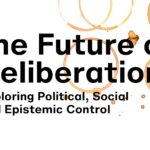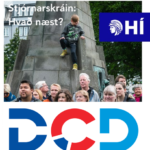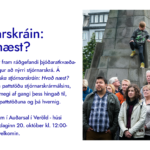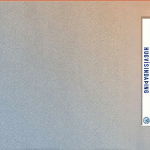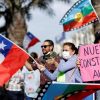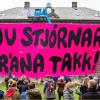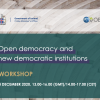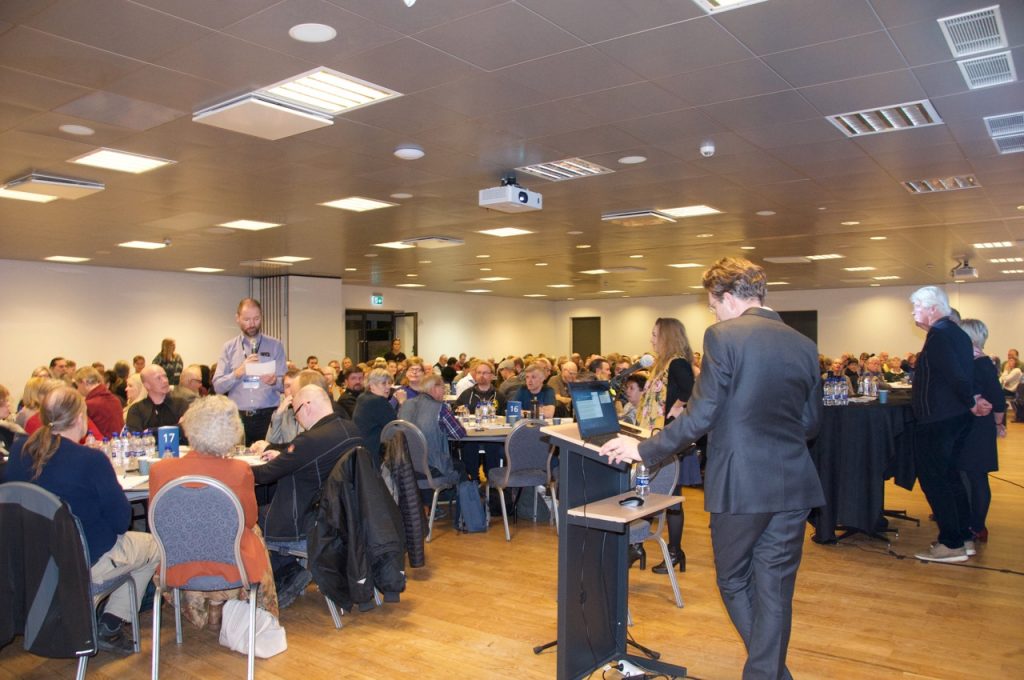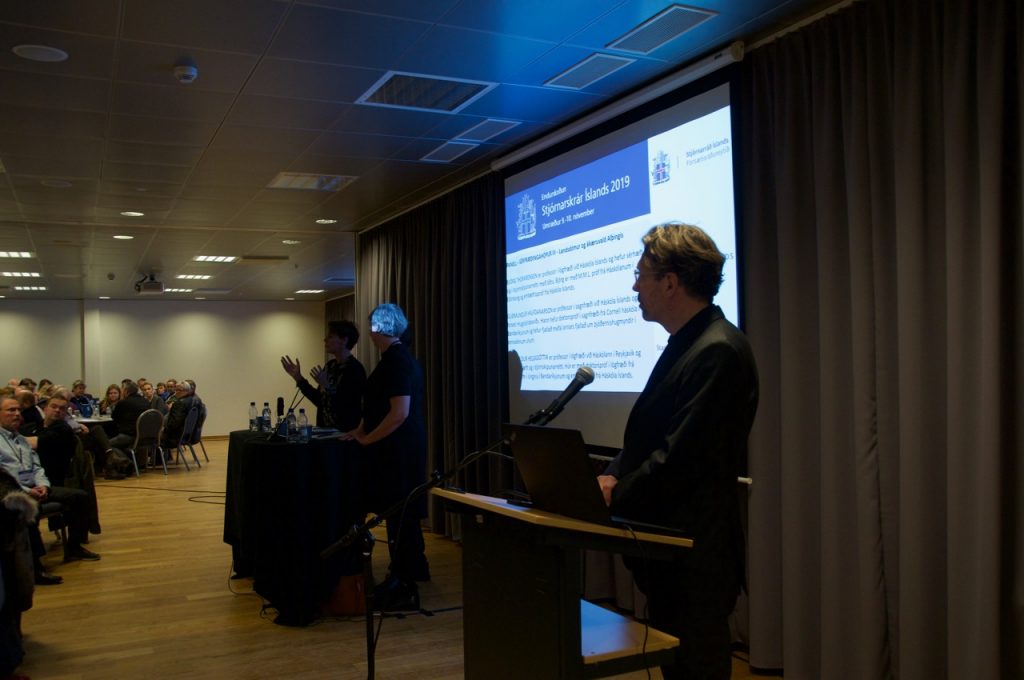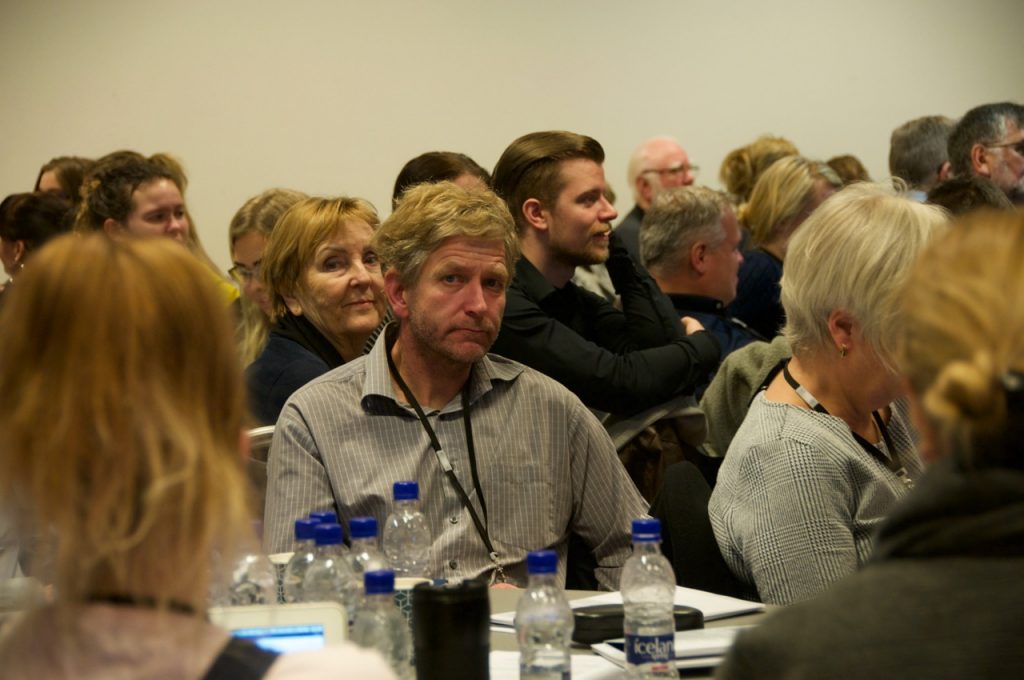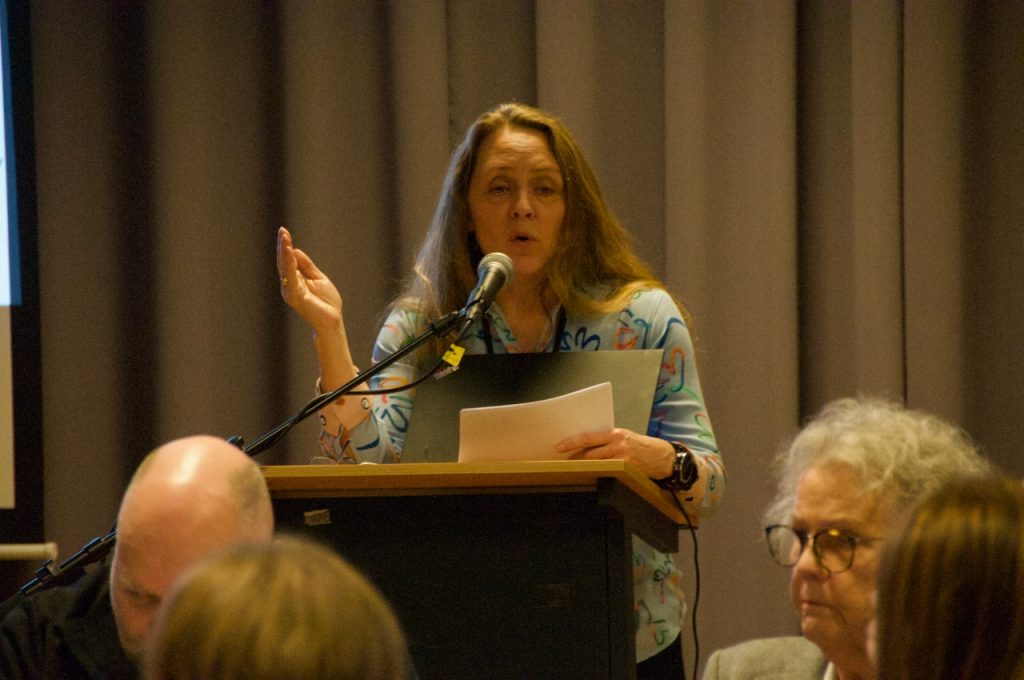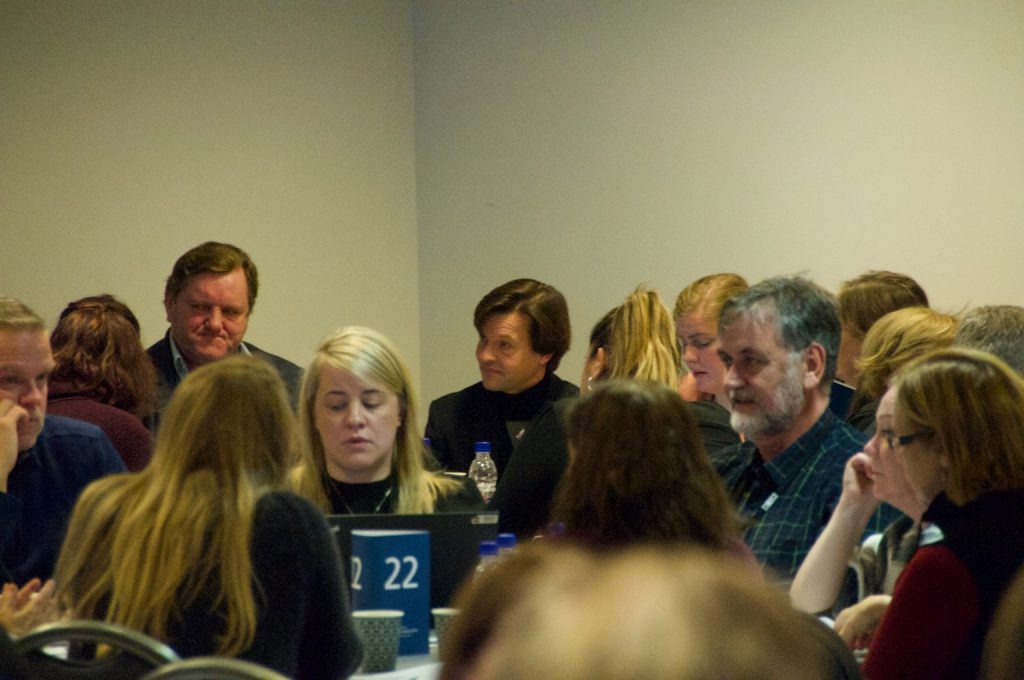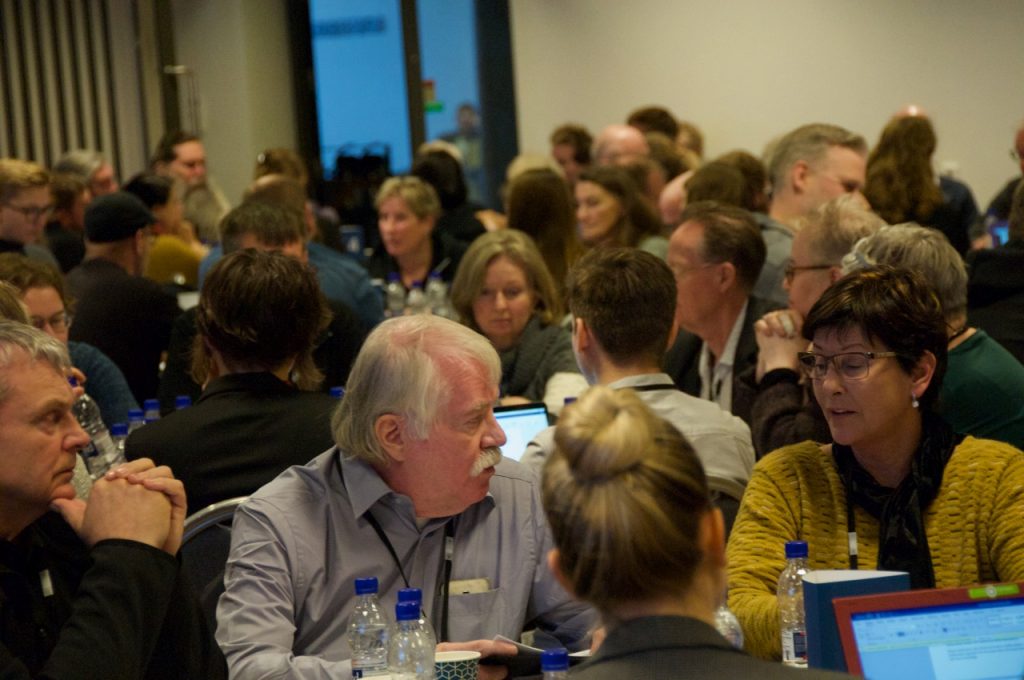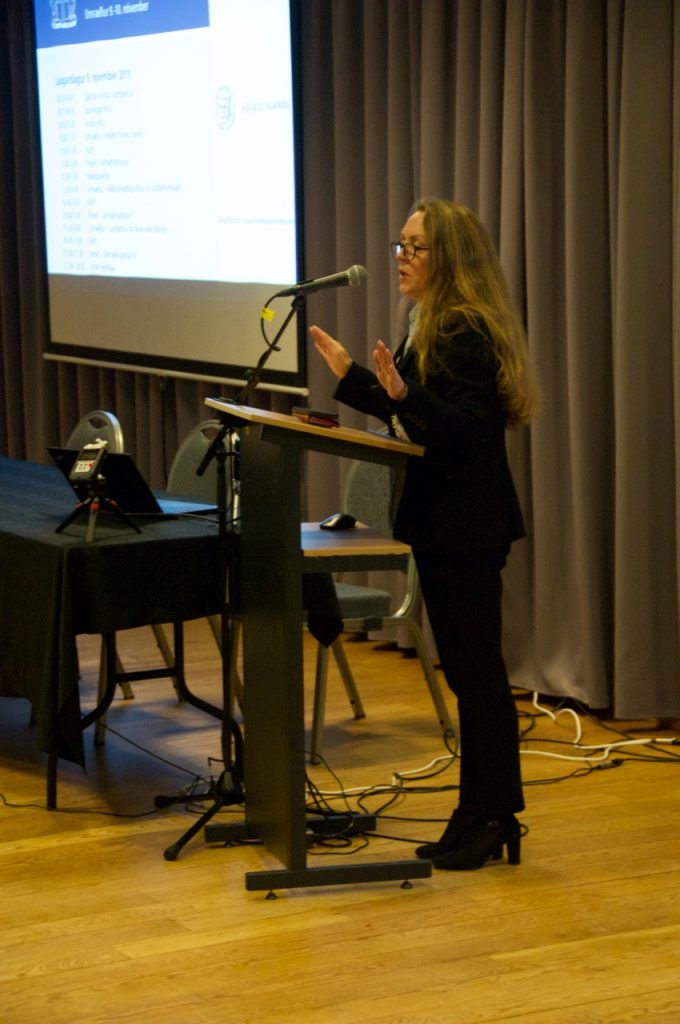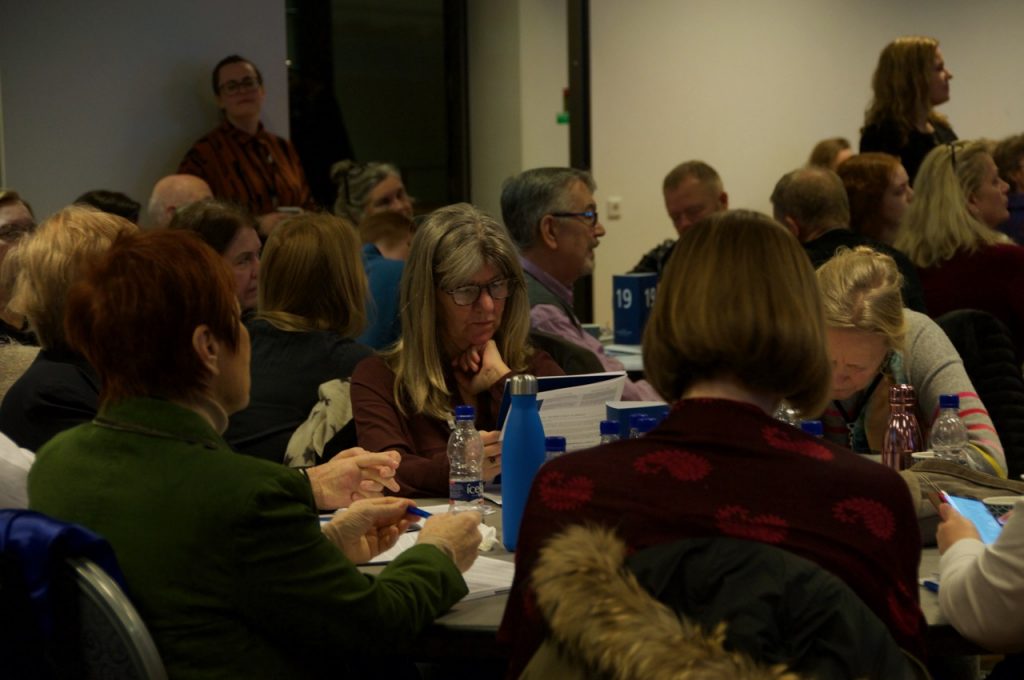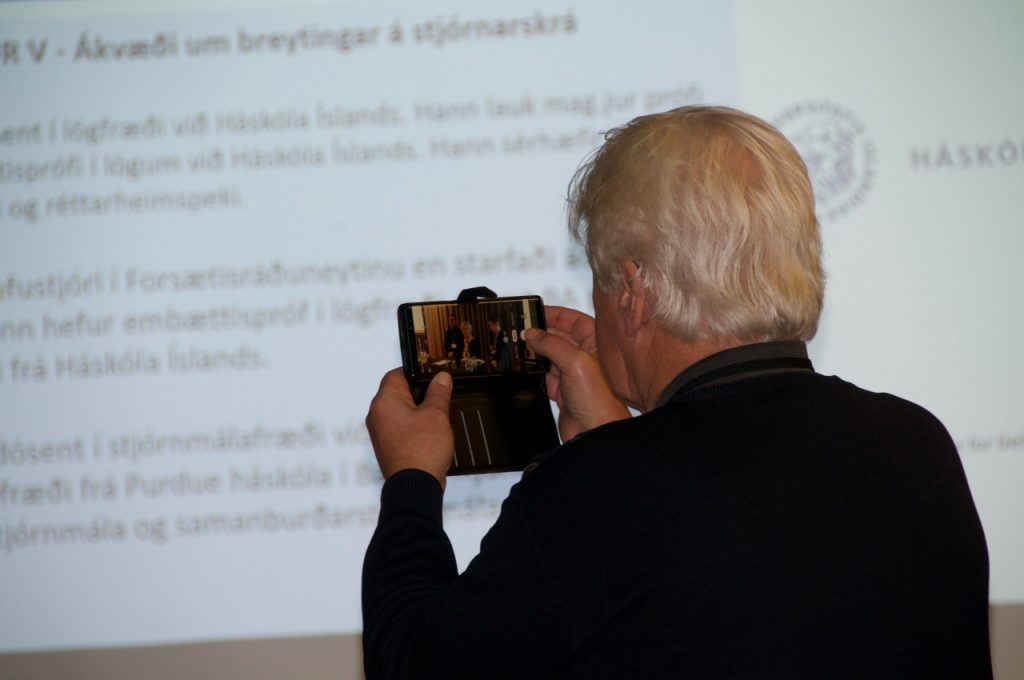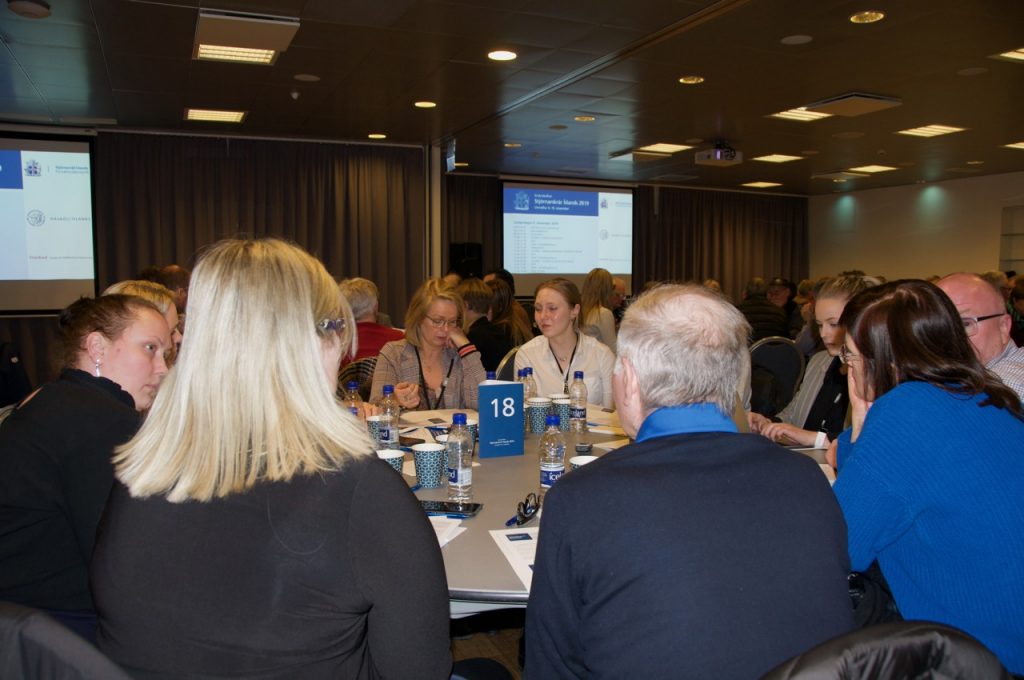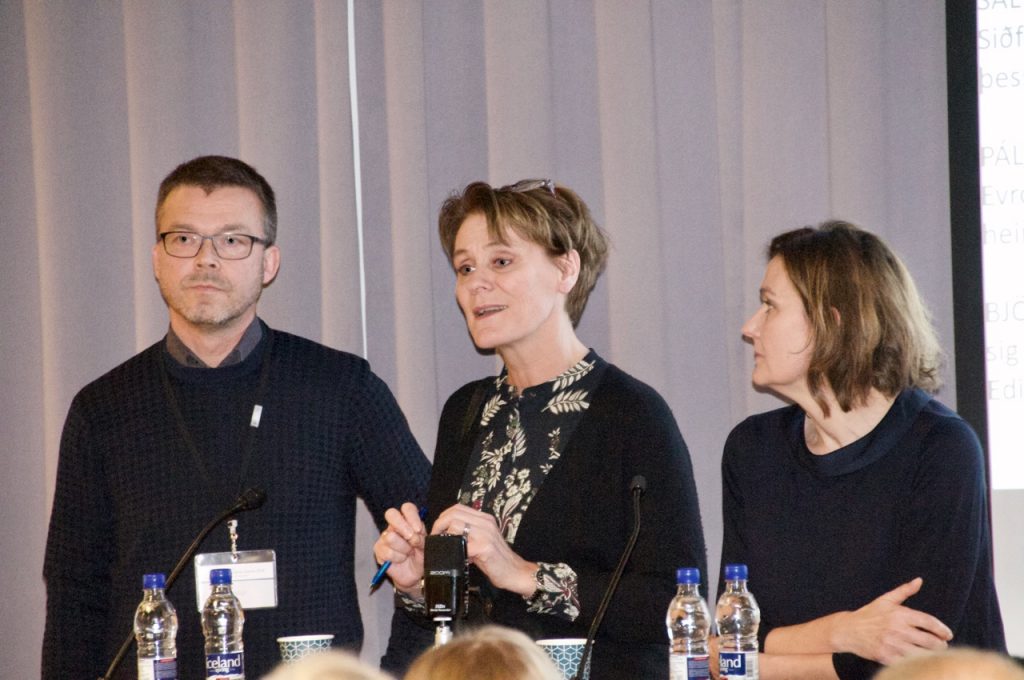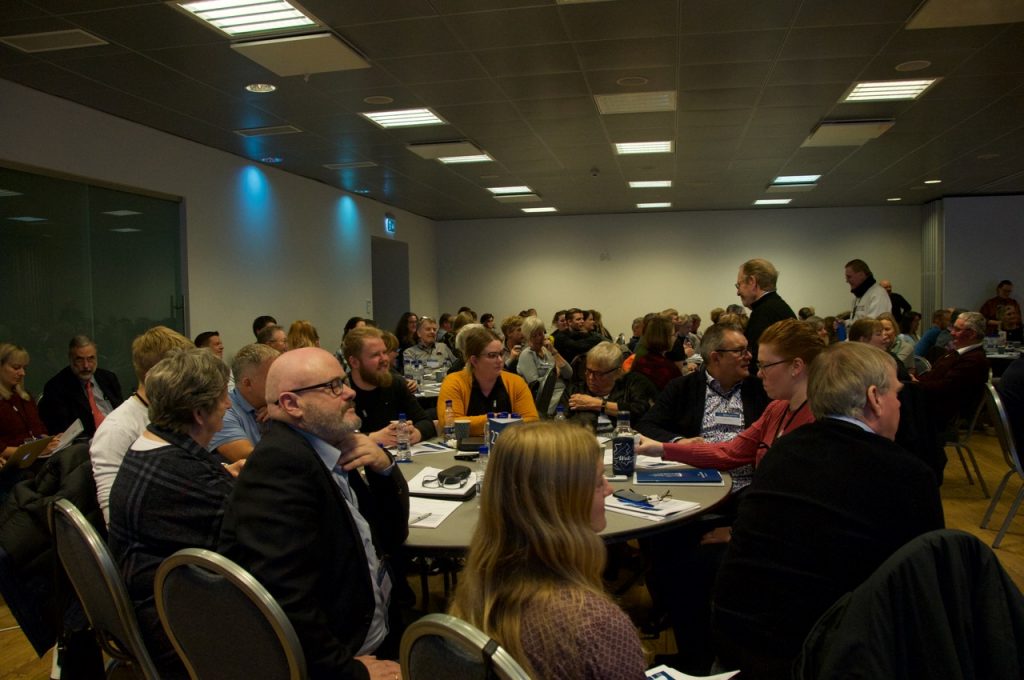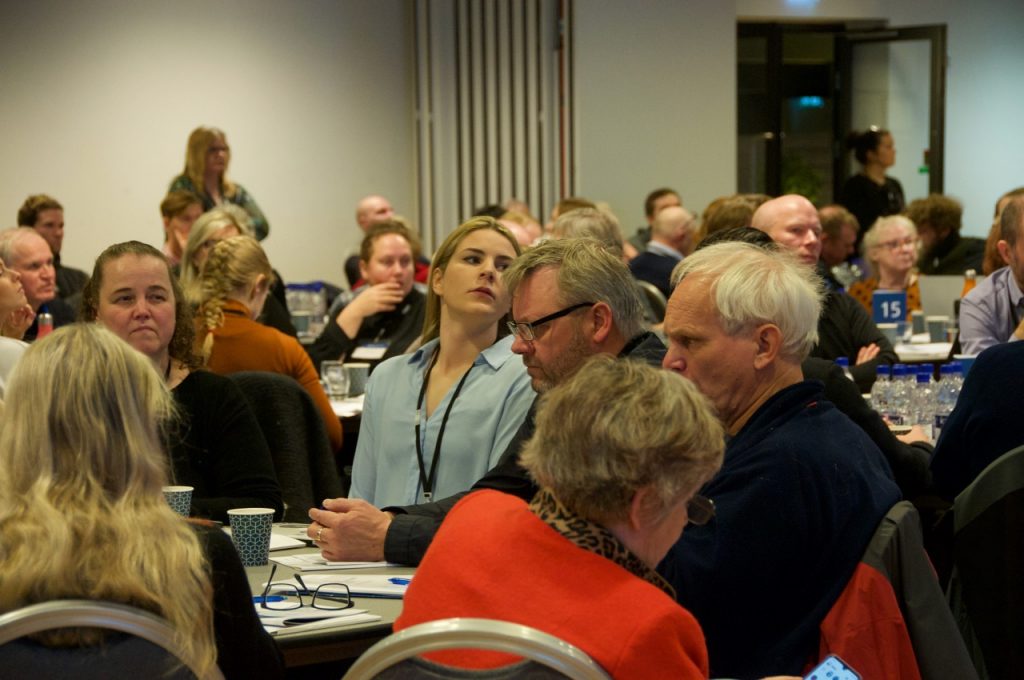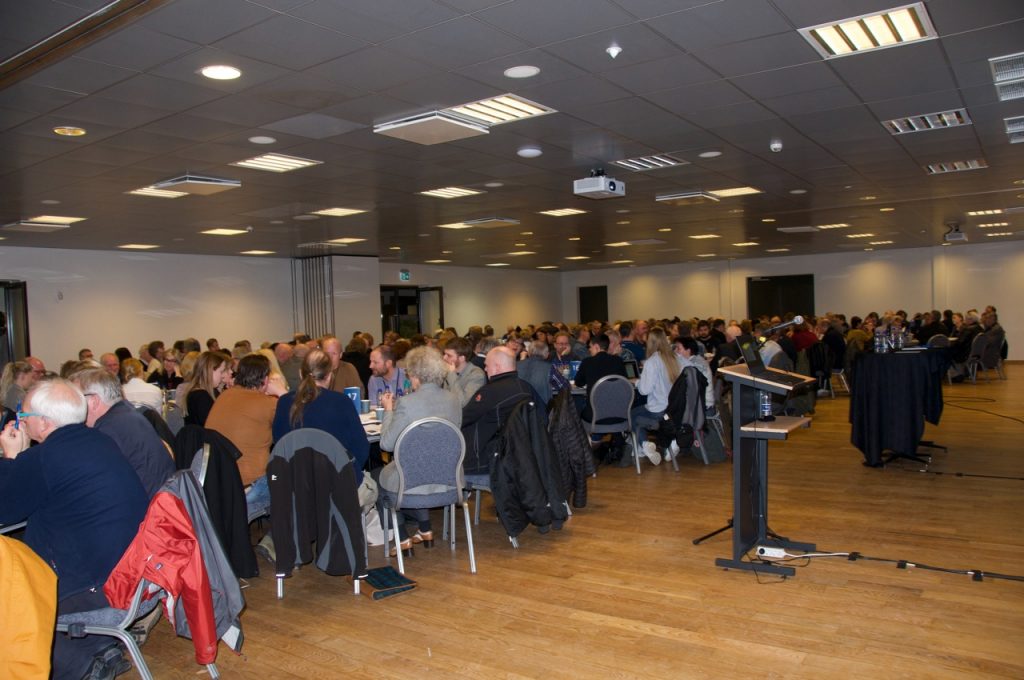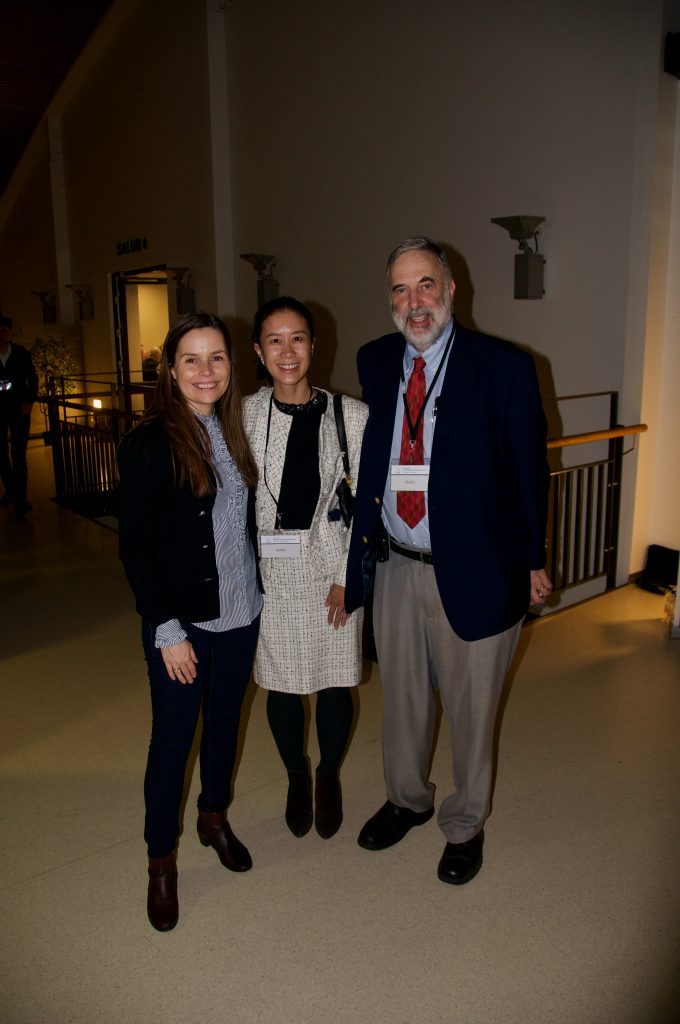| TITLE OF PAPER | The roles of images in building up gendered militarization and warfare: the cases of UN and NATO peace operations |
|---|---|
| AUTHORS NAME | Dr Velomahanina T. RAZAKAMAHARAVO |
| AFFILIATION | School of Transnational Governance |
| UNIVERSITY / INSTITUTE | European University Institute |
| ijailah4@gmail.com | |
| ABSTRACT |
Within the framework of the 1325 United Nations (UN) Security Council resolutions and the ensuing resolutions supporting it (1820, 1888, 1889, 1960, 2106, 2122, 2242), gender has progressively become one of the priorities within United Nations Peacekeeping Operations (UNPKOs) and North Atlantic Treaty Organisation (NATO) peace operations. Within the framework of gender mainstreaming in these peace operations, the UN and NATO use various policy instruments in various fields concerning gender such as women’s empowerment, gender equality, gender-based sexual violence (SGBV), Sexual Exploitation and Abuse (SEA) with a focus on sexual harassment … For example, the UN and NATO organize workshops with civil society organisations as well as high-level conferences on gender or brownbag lunches with scholars; their staff staff both at headquarters and on the ground gets training etc. From resolutions to implementation, gender mainstreaming within these operations has been accompanied by significant media and communication activities as well as public relations. The rhetoric behind the implementation of the Women as well as Gender, Peace, and Security agendas (WPS and GPS) has been significantly built upon these activities. In view of all of this, in this paper, I will use intersectionality as a theoretical framework. I will contend that the use of images within UN and NATO has been among the approaches that have been “gendering” peace operations. I will explain how images have been conveying gendered messages, practices, symbols, narratives, ideals, cultural expectations of gender roles as well as relations building up gendered militarization. I will explore how standards of masculinity and femininity have been emphasized through these images. Moreover, by working on these images, I will show how these images have been constructing siloed understanding of gender in peace operations. |
| BIOGRAPHY |
Dr Velomahanina Razakamaharavo is a Policy Leader Fellow at the School of Transnational Governance of the European University Institute in Florence. She is also a Research Associate/Scientific Collaborator at CESPOL in Louvain-La-Neuve, Belgium. At EUI, she is working on gender training in UN and NATO peace operations. Velomahanina is a 2017 WIIS Next Generation Scholar, was a Visiting Fellow at the Center on Conflict Development and Peacebuilding at the Graduate Institute of Geneva and a Visiting Researcher at the Université Catholique de Louvain’s Center for Political Science and Comparative Politics where she developed a methodology bridging Qualitative Comparative Analysis and in-depth narrative analysis, studying the dynamics of conflict transformation and recurrence. She was a Teaching Assistant in Comparative Research Design at the European Consortium of Political Research (ECPR) winter school. |
| CO-AUTHORS |
N/A |
| KEYWORDS | Gender, intersectionality, images, UN, NATO |
| STREAM | 4. Along and across Borders: Proper Objects and Intersectionalities |
| COMMENTS | |
| PICTURE | |
| Webpage | |
Home »
